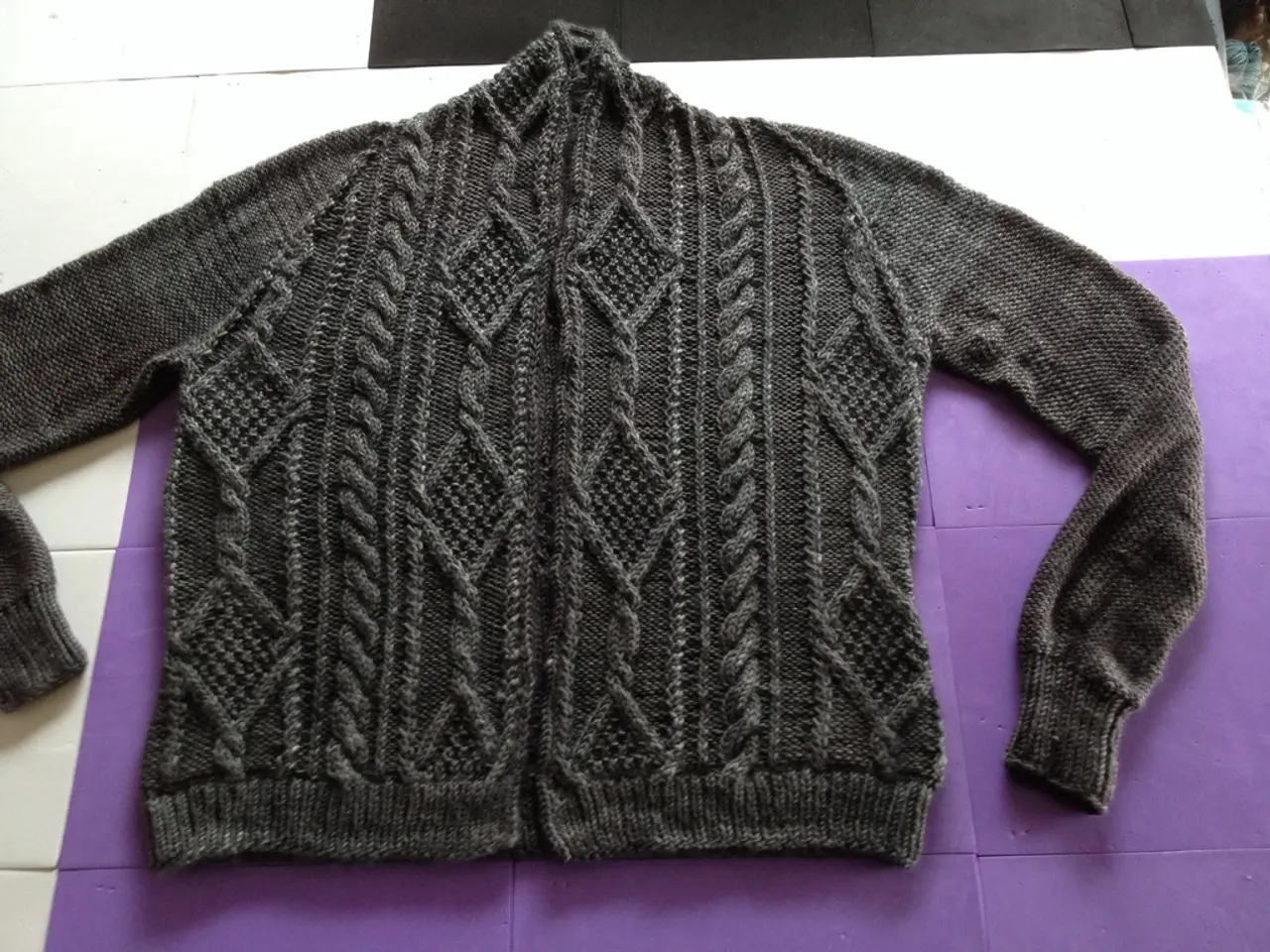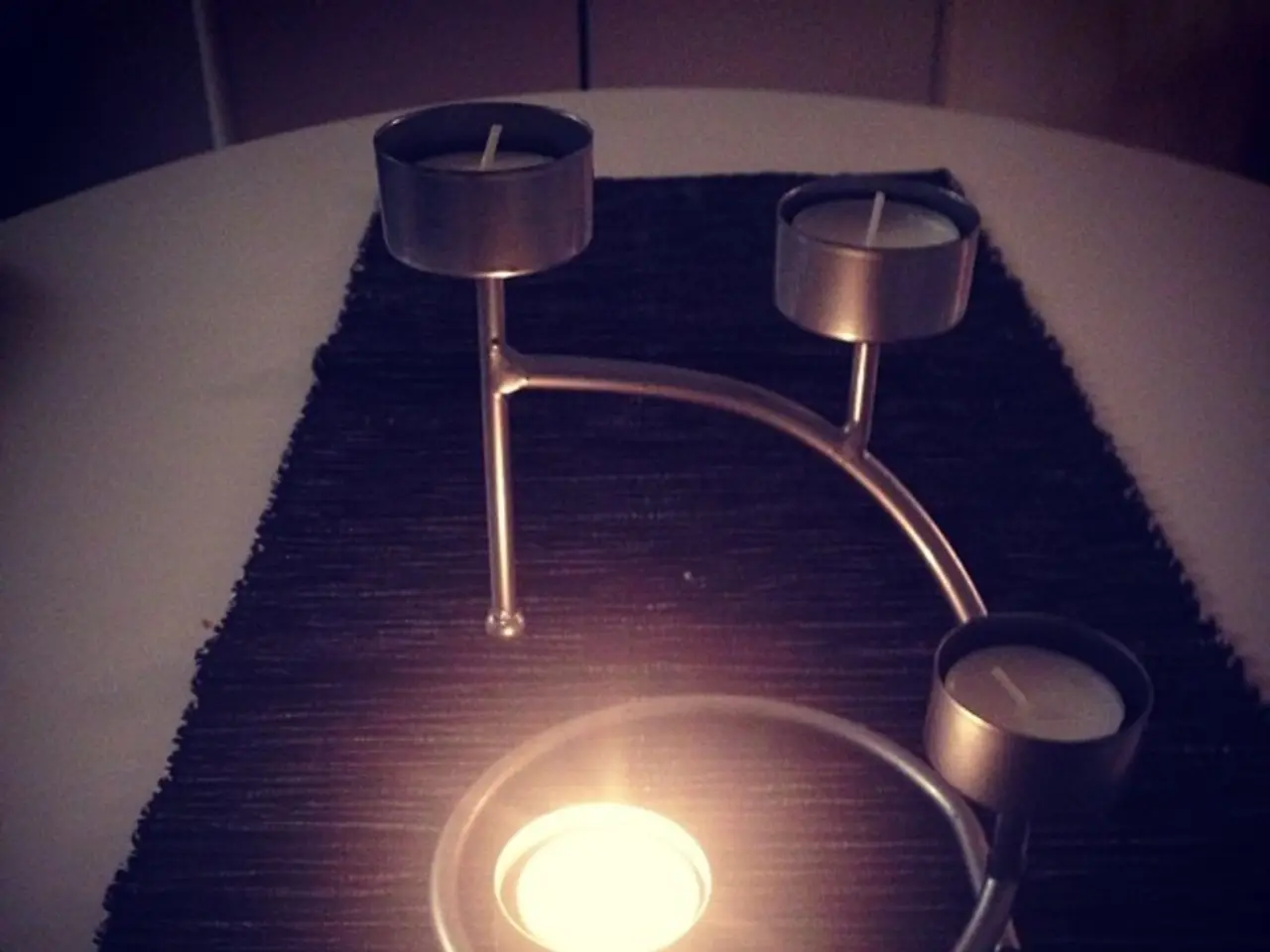Utilizing Various Logo Styles for Combined Brand Impact: An Overview
In the realm of branding, logos play a crucial role in establishing a strong and unique identity. Here, we delve into the world of logos, exploring their various types, characteristics, and how to choose the perfect one for your brand.
Types of Logos and Their Characteristics
- Combination Mark
- A blend of text and symbol or icon, offering flexibility for separate or joint use. Examples include Toblerone and Adidas.
- Wordmark
- A logo consisting entirely of the company’s name in a stylized, distinctive font. The Coca-Cola logo is a prime example.
- Lettermark
- Using initials or abbreviations of the company name, focusing on typography. Examples include NASA’s “worm” logo and IBM.
- Monogram
- Intertwined or overlapping company initials, conveying elegance and tradition. Fashion and luxury brands often use monograms.
- Letterform
- A single letter used as a distinctive symbol, such as McDonald’s “M”.
- Symbol or Pictorial Mark
- A graphic icon representing a recognizable object or concept related to the brand. Apple’s bitten apple is an example.
- Abstract Logo
- Uses abstract geometric forms instead of literal images to convey brand values or emotions. Adidas’ three stripes as abstract shapes symbolizing performance is an example.
- Mascot Logo
- Incorporates a character or mascot as the brand’s “spokesperson.” Examples include KFC’s Colonel Sanders and Michelin Man.
- Emblem
- A logo with text inside a shape or border (seal, crest, badge). Harley-Davidson’s crest and NASA’s “Meatball” logo are examples.
- Letters Inside Shape
- Letter(s) combined or enclosed inside a specific shape (circle, square). This style is common for badges or app icons.
- Negative Space Logo
- Clever use of space around and between letters or symbols to create a hidden image. Toblerone’s mountain silhouette containing a hidden bear in negative space is a popular example.
- Dynamic Logo
- Logos that are variable or change depending on context or use. Google’s changing doodle logo and MTV's varied logos are examples.
- 3D Logo
- Logos with depth, shadows, or realistic rendering that create a three-dimensional effect. Often used in motion graphics and digital media.
- Animated Logo
- Incorporates motion, often used digitally or in videos. Can tell a story or emphasize brand traits dynamically.
How to Choose the Best Logo Type for a Brand
- Consider brand personality and values: Luxury brands may prefer monograms or emblems for sophistication; tech brands often use abstract or line drawing logos to communicate innovation.
- Target audience and industry: Family-friendly or casual brands benefit from mascot logos; professional or corporate brands may use lettermarks or wordmarks for clarity.
- Simplicity and scalability: Logos need to be identifiable at any size—symbol/pictorial, letterform, and wordmarks typically scale well.
- Memorability: Unique logos that incorporate clever elements (e.g., negative space) can strengthen brand recall.
- Use case and flexibility: Combination marks provide flexibility across platforms; dynamic logos are ideal for brands wanting a fresh or evolving identity.
- Typography preference: If the brand name is distinctive, a wordmark or lettermark could be sufficient. For less known names, pairing with a symbol helps recognition.
- Longevity and adaptability: A timeless style like emblems or monograms may suit legacy brands; more playful or changing industries might benefit from animated or dynamic logos.
By analyzing the brand’s core message, audience, and intended use, you can select a logo type that best embodies the brand identity and maximizes recognition and impact.
This synthesis is based on detailed classifications and examples from Figma, VistaPrint, Indeed, and industry branding practices. When creating a logo, remember that it serves as the cornerstone of an organization’s identity, and the best logos are simple, memorable, and adaptable to various use cases. With the right approach, you can craft a logo that truly represents your brand and resonates with your audience.
- In the realm of fashion-and-beauty and luxury brands, monograms or emblems might be preferred due to their elegance and tradition, similar to luxury brands using these types of logos.
- For food-and-drink brands targeting a family-friendly or casual audience, mascot logos could be beneficial, like how KFC uses Colonel Sanders as their brand's spokesperson.




